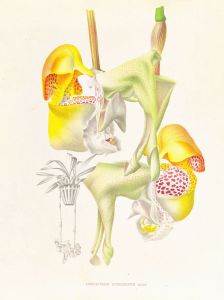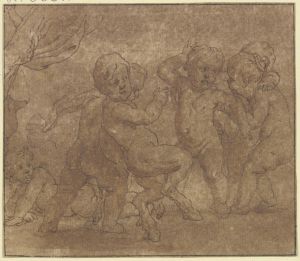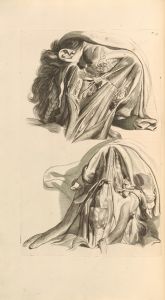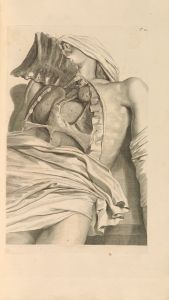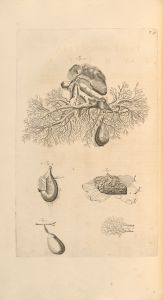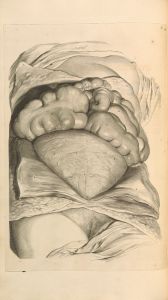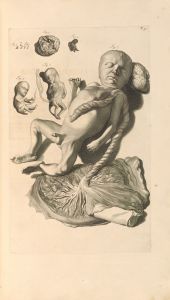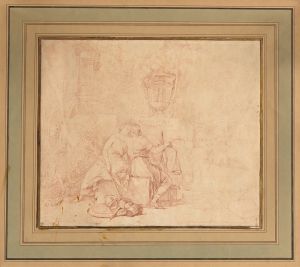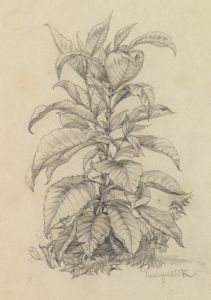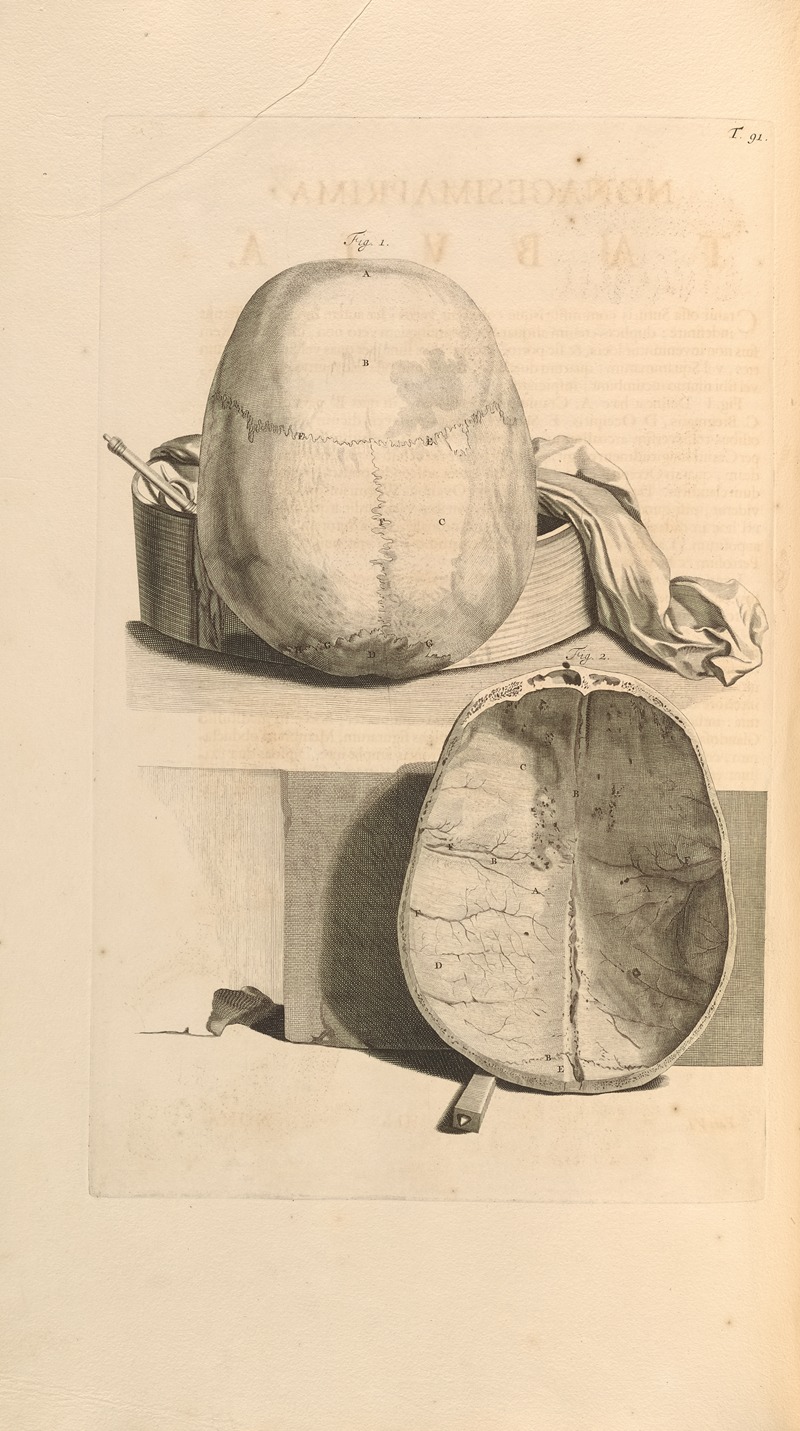
Anatomia humani corporis Pl.092
A hand-painted replica of Gerard de Lairesse’s masterpiece Anatomia humani corporis Pl.092, meticulously crafted by professional artists to capture the true essence of the original. Each piece is created with museum-quality canvas and rare mineral pigments, carefully painted by experienced artists with delicate brushstrokes and rich, layered colors to perfectly recreate the texture of the original artwork. Unlike machine-printed reproductions, this hand-painted version brings the painting to life, infused with the artist’s emotions and skill in every stroke. Whether for personal collection or home decoration, it instantly elevates the artistic atmosphere of any space.
"Anatomia humani corporis Pl.092" is an illustration by Gerard de Lairesse, a prominent Dutch Golden Age painter and art theorist. Born in Liège in 1640, de Lairesse moved to Amsterdam, where he became well-known for his classical and historical paintings, as well as his contributions to art theory. His work is characterized by its detailed and precise style, which made him a suitable collaborator for scientific and anatomical illustrations.
The illustration "Anatomia humani corporis Pl.092" is part of a larger series of anatomical drawings created for the book "Anatomia Humani Corporis," which was published in 1685. This book was a significant work in the field of anatomy and was authored by the Dutch anatomist Govard Bidloo. Bidloo's book was notable for its detailed and accurate depictions of the human body, which were intended to aid in the study and teaching of anatomy.
Gerard de Lairesse's illustrations for Bidloo's book are highly regarded for their artistic quality and scientific accuracy. "Anatomia humani corporis Pl.092" is one of these illustrations and showcases de Lairesse's ability to combine artistic skill with anatomical precision. The illustration depicts a specific part of the human body, rendered with meticulous attention to detail, which was essential for the educational purpose of the book.
The collaboration between Bidloo and de Lairesse was a fruitful one, resulting in a work that was both scientifically valuable and artistically impressive. The illustrations in "Anatomia Humani Corporis" were engraved by Abraham Blooteling and Pieter van Gunst, who were skilled engravers of the time. Their work ensured that de Lairesse's detailed drawings were accurately reproduced in the printed book.
"Anatomia Humani Corporis" was an important contribution to the field of anatomy and was used by medical students and professionals for many years. The book's detailed illustrations helped to advance the understanding of human anatomy and set a high standard for future anatomical publications.
Gerard de Lairesse's involvement in this project highlights the intersection of art and science during the Dutch Golden Age. His ability to create detailed and accurate anatomical drawings demonstrates his versatility as an artist and his contribution to the scientific community. Despite his later blindness, which ended his painting career, de Lairesse's work on "Anatomia Humani Corporis" remains a testament to his skill and dedication to both art and science.
In summary, "Anatomia humani corporis Pl.092" by Gerard de Lairesse is a significant anatomical illustration from the late 17th century. It is part of a larger work that combined artistic talent with scientific inquiry, contributing to the advancement of anatomical knowledge during that period.







